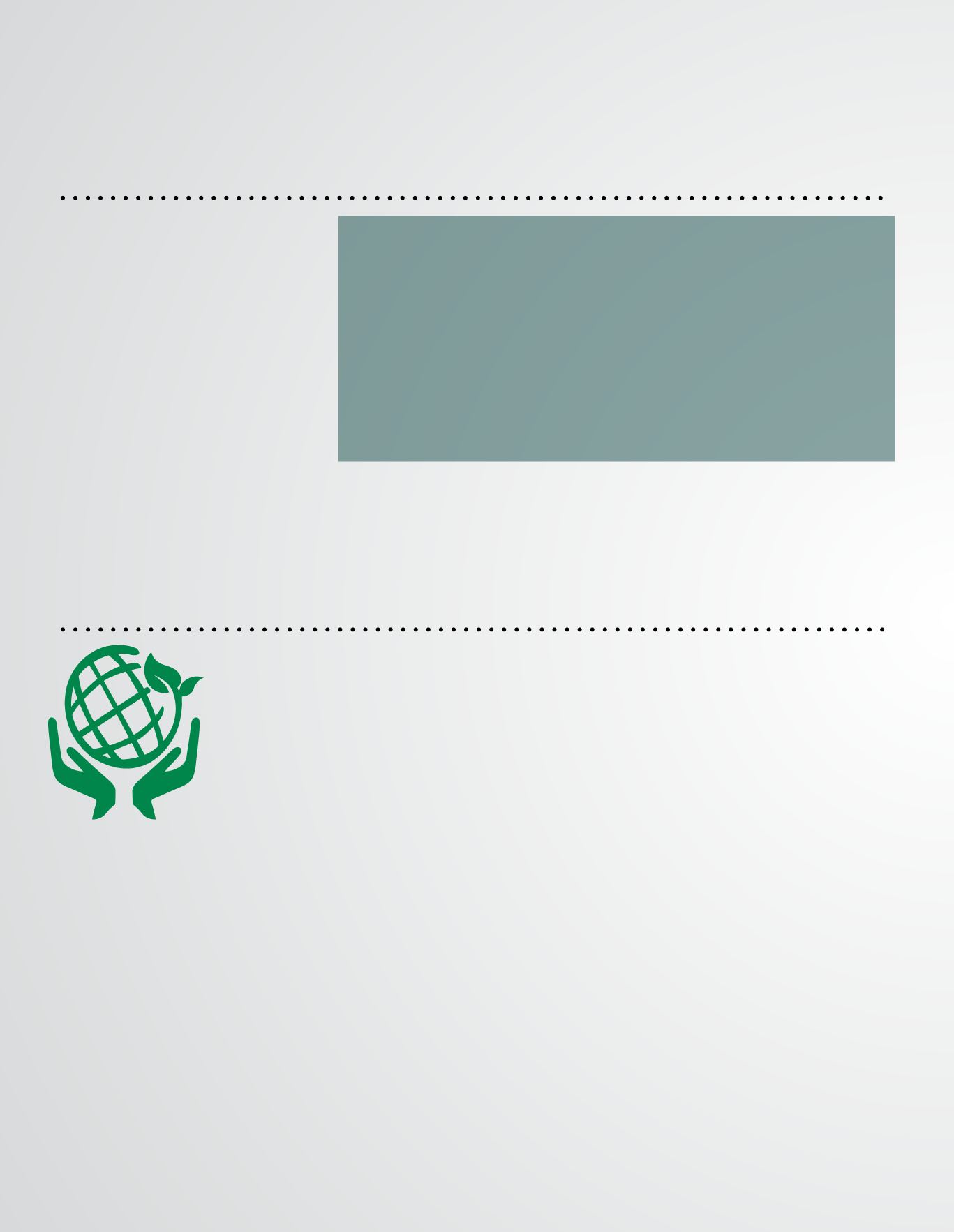
88
AirAsia X Berhad • Annual Report 2014
This increase is supported by positive performance in other
key parameters such as our on-time performance (OTP)
within 15 minutes. Despite the move to klia2, we managed
to maintain a high OTP of 84% for the year.
To keep our guests enchanted, we are continuously
looking for ways to make their travel experience with us
as convenient as possible. The Fly-Thru service which we
launched in 2010, allowing guests to connect from one
flight to another without the hassle of collecting their bags
at the transit hub, was further extended in 2014 to include
626 city-pairings via Kuala Lumpur as compared to 256 in
2013. In December, we also officially launched multi-city
booking for guests enabling them to book up to six flights
across our networks in several countries in one go, through
a single transaction.
Most recently, we have embarked on migrating our refund
process to a global shared services office to be able to
process refund requests in less than 45 business days.
We realise that delayed refunds cause guests a great deal
of anxiety and are hopeful that the new procedure will
eliminate much if not all of that.
Sustainability Report
These service improvements add to an already long list of innovations that stand AirAsia X apart from other low-cost long-
haul airlines and contributed to our winning a number of awards in the year. Of these, two that stand out were being named
the World’s Best Low-Cost Airline –– Premium Class Seats and the World’s Best Low-Cost Airline –– Premium Cabin at the
2014 Skytrax World Airline Awards, for the second year running.
As an airline, we are conscious of our duty to reduce as far as possible our carbon footprint via the most efficient use of energy. Fuel efficiency is, in fact, of critical importance to us not
only because of its environmental repercussions but also because it is a major cost factor in our operations.
Our entire business model revolves around keeping our operations as fuel efficient as possible. As stated in last year’s annual report, this is achieved via three key principles, namely:
1) maintaining a young fleet with the most modern and fuel-efficient engines; 2) adhering to fixed guidelines on engine maintenance to keep them at optimal functional levels; and 3)
employing flying practices that reduce unnecessary fuel burn.
During the year, we further increased our fuel efficiency by initiating new processes to enhance our engine upkeep and to reduce fuel burn during flights.
Whenever our aircraft are available on the ground, they are sent for dry washes or compressor washes thus preventing the accumulation of dirt on the engine and aircraft which would
increase the aerodynamic drag and reduce engine efficiency. According to Airbus, regular engine washes, especially of the fan and core, can reduce fuel flow by between 0.5% and 1%.
These periodic washes also have a positive effect on exhaust gas temperature and consequently on engine overhaul intervals.
THIS INCREASE IS SUPPORTED BY POSITIVE
PERFORMANCE IN OTHER KEY PARAMETERS SUCH
AS OUR ON-TIME PERFORMANCE (OTP) WITHIN 15
MINUTES. DESPITE THE MOVE TO KLIA2, WE MANAGED
TO MAINTAIN A HIGH OTP OF 84% FOR THE YEAR.
ENVIRONMENT


